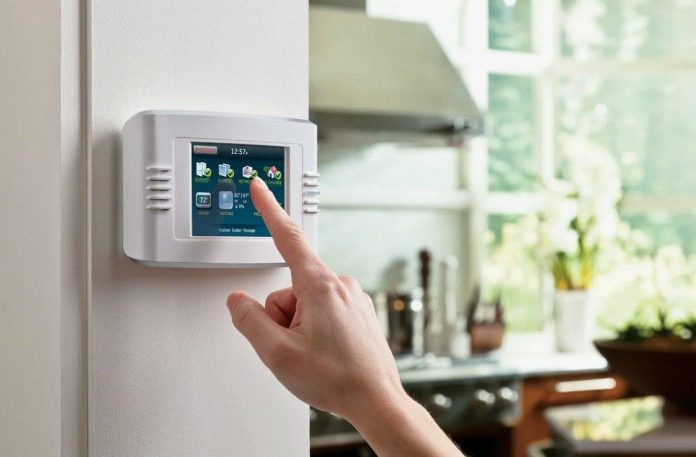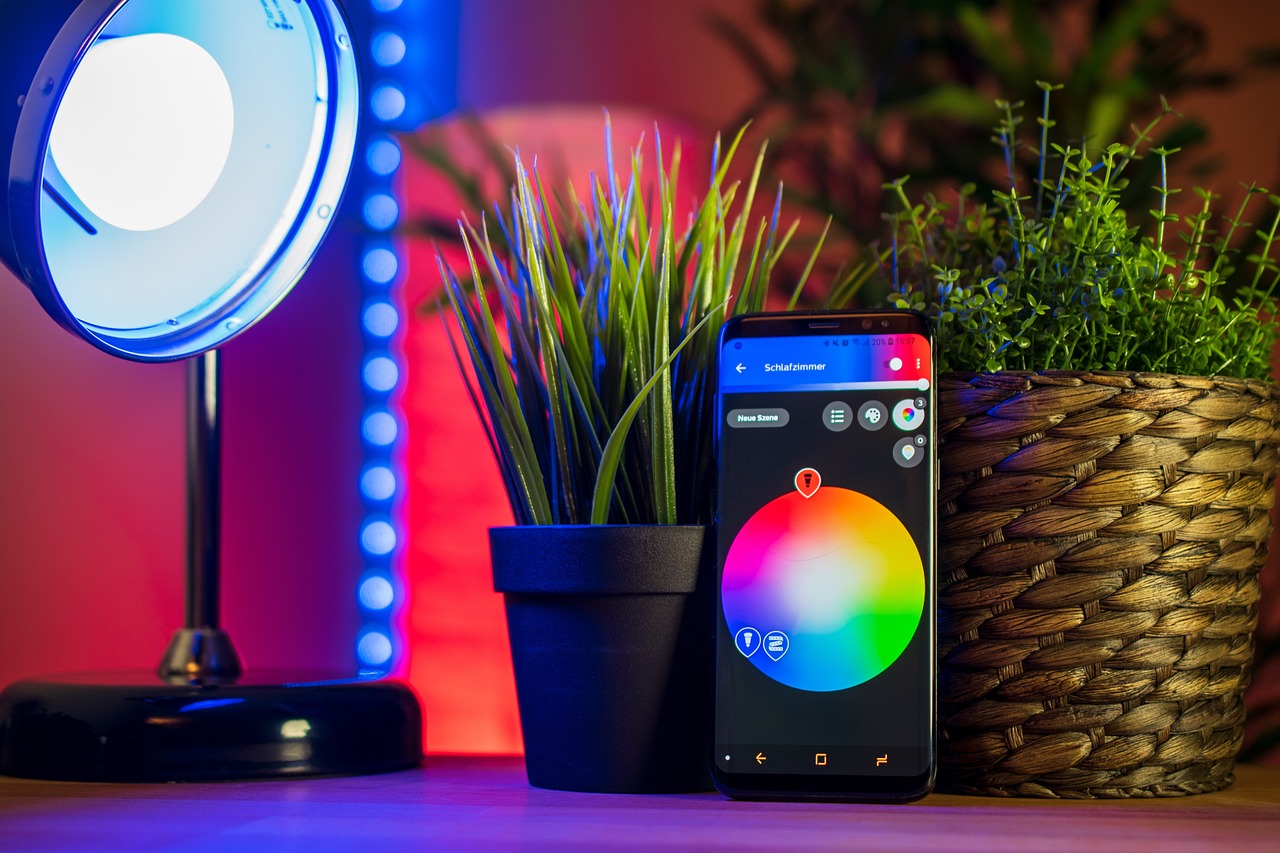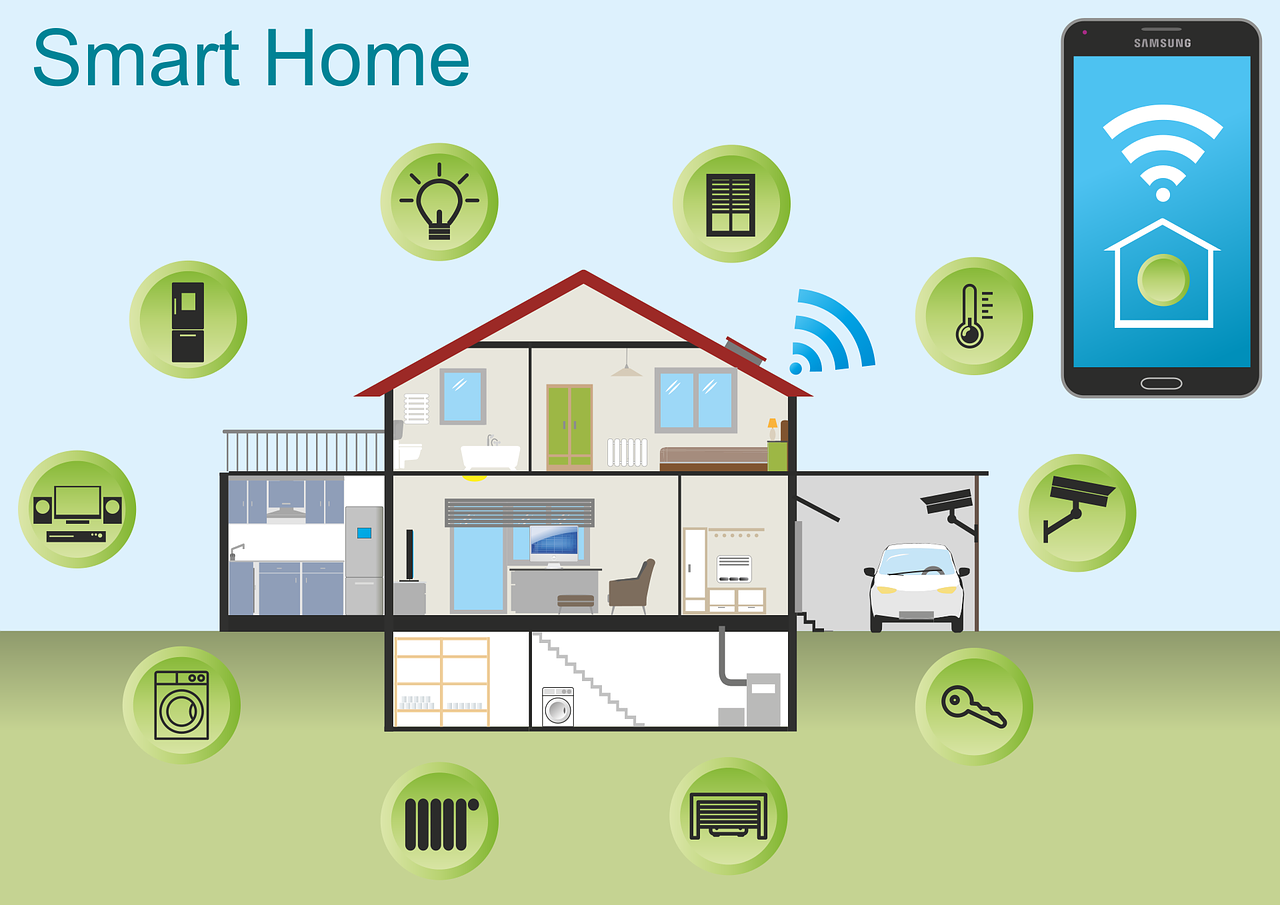In this post, I will discuss residential alarm systems. Read on for a practical guide to preventing burglaries before they happen.
Despite technological advancements, burglaries remain a persistent threat in an era where smart homes are the norm. This guide uses real-world break-in scenarios to help you select, install and maintain an effective residential alarm system.
We will cover essential components such as sensors, hubs, sirens with tamper detection, dual-path connectivity and alert systems, while also highlighting common pitfalls and providing practical checklists. By following these steps, you can potentially reduce your risk of being targeted by intruders significantly.
Table of Contents
Why Home Break-Ins Still Happen in 2025?
Despite declining crime rates, home burglaries persist in 2025. According to recent data, residential burglaries dropped by 19% in the first half of 2025 compared to the previous year. However, over 800,000 incidents were reported in 2023 alone, and trends suggest that these numbers will remain similar. Why? Many of these are opportunistic crimes. For example, 34% of burglars enter through unlocked front doors, while 23% enter through first-floor windows.
Real-life scenarios illustrate this: In one case, a family returned from holiday to find their side door had been forced open with a crowbar and their valuables had been stolen between 10 a.m. and 3 p.m.—a time when 65% of break-ins occur. Another common tactic is ‘distraction burglary’, where accomplices knock on the door to engage homeowners while others sneak in from the back.
Poor lighting, visible valuables and the absence of security signs invite trouble. During the holiday season, there is a 25% increase in home invasions due to empty properties and piles of gifts. Burglars often scout neighbourhoods, targeting homes without alarms — studies show that secured properties are 300% less likely to be targeted.
In urban areas, quick smash-and-grab raids through windows exploit aluminium sills that break easily. These realities highlight the importance of proactive systems that can detect and deter threats early on.
What A Modern Residential Alarm System Includes (Hub, Sensors, Sirens, Connectivity)
A robust 2025 residential alarm system integrates smart technology to provide comprehensive protection. At its core is the hub (control panel), which is a central device similar to those found in SimpliSafe or Ring systems. It processes signals and connects to apps. To prevent sabotage, choose one with battery backup and tamper detection.
Sensors form the detection layer. Door and window contacts are triggered by openings, while motion detectors (PIR or pet-immune) scan interiors. Glass-break or shock sensors alert you to vibrations at vulnerable points. For connectivity, look for Wi-Fi, Ethernet and LTE options to ensure redundancy.
Sirens deliver audible deterrence — opt for 100 dB models with tamper switches that sound when the siren is removed. Systems like ADT or Vivint include push notifications and phone alerts for an immediate response.
Common mistakes? Skipping environmental sensors, such as flood or smoke detectors, which integrate seamlessly to provide protection against all hazards. When choosing a system, prioritise DIY-friendly brands like SimpliSafe for ease of use, or opt for professional installation from ADT for complex setups.
Setup That Actually Works: Entry/Perimeter + Inside Traps
An effective setup starts with perimeter defence. Install contact sensors on all exterior doors and ground-floor windows. Pair these with shock sensors on vulnerable windows to detect attempts at entry before they succeed.
Place your residential alarm system hub away from entry points and pair it with shock sensors on vulnerable windows. For internal traps, install motion sensors in hallways and living areas to create ‘zones’ that trigger sequentially.
In real-life scenarios, burglars often force windows — sensors here can provide instant alerts. Avoid common errors such as blind spots (e.g. skipping basement windows) and improper wiring, the latter of which causes 80% of installation issues.
If needed, use trip wires or beam sensors for outdoor perimeters, but ensure they are integrated with the main system.
Installation Checklist:
| Step | Description |
| 1. Map your home | Identify all entry points and high-risk areas. |
| 2. Mount hub centrally | Away from doors, with power and backup. |
| 3. Install perimeter sensors | Doors/windows first; test alignment. |
| 4. Add interior motion | In key rooms; adjust sensitivity for pets. |
| 5. Wire sirens | Outdoor if possible, with tamper. |
| 6. Connect to app | Enable push alerts and test. |
| 7. Avoid clutter | Keep sensors clear of curtains/fans. |
This layered approach prevented a real invasion, as perimeter alerts scared off intruders mid-pry.
Dual-path signalling and internet failover (Ethernet + LTE).
Dual-path signalling ensures that your system communicates reliably. It uses Ethernet for fast internet-based alerts and LTE cellular as a backup if your Wi-Fi connection drops.
A residential alarm system with dual-path signaling (Ethernet and LTE) ensures alerts continue to flow even if your router is down. Devices such as Honeywell’s LTE-HSV or DSC’s TL880 offer this feature and switch seamlessly.
In break-in scenarios, burglars may cut wires or jam the Wi-Fi signal, but LTE prevents this. A common mistake is to rely solely on the internet; you should always verify the strength of the cellular signal during setup.
False alarms: How to reduce them by 70%
False alarms plague 80% of security systems, usually due to user error or pets. You can reduce this figure by 70% by using pet-immune sensors, dual verification (e.g. video confirmation) and training.
Keep sensors away from vents and curtains, use consistent codes and enable geofencing apps. In real cases, false triggers caused by balloons have wasted police time — proper placement can avoid this.
Remote control: App, key fob and PIN policies
You can control your system via apps such as Ring or SimpliSafe to arm it, view cameras and receive alerts. Keyfobs offer a 300-foot range for quick arming and disarming, and have panic buttons.
PIN policies: Use a unique code for each user, change it quarterly and avoid sharing it. Biometrics add security. Mistakes? Weak PINs can lead to security breaches.
Maintenance Checklist (Quarterly Test Plan)
Test your residential alarm system monthly: silent arming, entry delay, siren response, and app push notifications. Quarterly:
| Task | Frequency | Details |
| Sensor check | Quarterly | Walk-test all; clean dust. |
| Battery replace | Annually | Hub/sensors; test backup. |
| Siren test | Quarterly | Full volume; check tamper. |
| Connectivity | Monthly | Simulate failover. |
| App updates | As needed | Ensure alerts work. |
| Professional inspect | Annually | For wiring/issues. |
This prevents failures, as seen in cases where dead batteries missed intrusions.
Final Pre-Burglary Audit
Before finalizing, conduct this audit (downloadable as PDF for reference):
- Check locks: Ensure deadbolts on all doors.
- Windows secure: Locks and sensors installed.
- Lighting: Motion lights around perimeter.
- Valuables hidden: No visible from outside.
- Yard gates locked: Secure side access.
- Alarm signs: Visible deterrents.
- Test system: Full simulation.
- Neighbor alert: Share contact info.
- Emergency plan: Family knows protocols.
- Insurance review: Coverage updated.
INTERESTING POSTS
- 10 Home Security Facts You Never Knew About
- Tips To Choose A Home Alarm System
- How To Prepare Your Business For Data Loss
- Smart Security Systems and Motion Sensors: Debunking Common Myths and Misconceptions
- Everything You Need To Know About Wireless Access Points
- 9 Tips For Preventing Phishing Attacks On Your Personal Data
About the Author:
Gina Lynch is a VPN expert and online privacy advocate who stands for the right to online freedom. She is highly knowledgeable in the field of cybersecurity, with years of experience in researching and writing about the topic. Gina is a strong advocate of digital privacy and strives to educate the public on the importance of keeping their data secure and private. She has become a trusted expert in the field and continues to share her knowledge and advice to help others protect their online identities.










